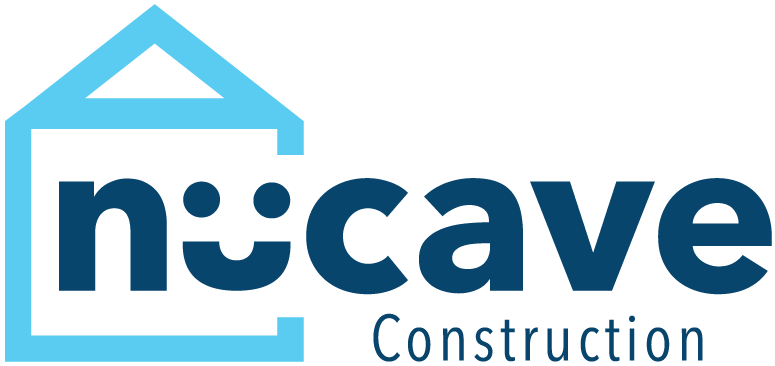Previously on….. “What decking should I choose?! How do I know what’s right for me?!”, we discussed the differences between wood decking and composite wood decking, and the pros/cons of each. However when continuing the planning of your dream deck, the research can lead to many more different options/brands, and upon this discovery, it may lead one to begin to feeling overwhelmed. With options such as Envision, AZEK, and Trex decking, it can be hard to narrow down upon a decision. Today we will be taking a look at each of these options and dissecting what each has to offer.
Envision Decking
One of the most important things to consider when considering envision composite decking, is whether your project is residential or commercial. This type of decking is a good option for backyard deck, patios, porches and residential boat docks. TAMKO has been a primary manufacturer of building materials since 1944, and began manufacturing envision composite decking in 1999 and all of their products are compression molded. The TAMKO envision line features four main products:
- EverGrain Decking
- economical solution for composite decking
- available in five colors (Cape Cod Grey, Cedar, Redwood, Weathered Wood, and Forest Green)
- features realistic wood grain textures
- Envision Expression
- mid-grade composite
- available in four colors (Canyon Ridge, Caribou Brown, Harbor Grey, and Woodland Bark)
- outer layer and core board are bonded for more durability
- Envision Inspiration
- mid-grade composite
- uses two inks to create a natural wood grain look
- available in three colors (Barnwood Plank, Tangled Twine, and Weathered Wicker)
- Envision Distinction
- luxury grade composite
- four different ink colors are used to create a look that is very similar to natural wood
- available in four colors (Spiced Teak, Shaded Auburn, Rustic Walnut, and Greywood)
AZEK Decking
AZEK decking captures the aesthetic of real wood, but lasts longer, stays cooler in the hotter months, and retains its color. All without the maintenance of real wood. Now apart of the TimberTech family, AZEK also features three major collections:
- Vintage Collection
- sophisticated, natural-looking colors
- wire-brushed, low-gloss finish for authentic wood look
- available in six colors (Cypress, Dark Hickory, Mahogany, Vintage Coastline, English Walnut, and Weathered Teak)
- Arbor Collection
- warm wood tones, vibrant colors
- cathedral or straight wood grain patterns
- resemble rich wood tones found in nature
- available in seven colors (Brazilian Walnut, Morado, Island Oak, Autumn Chestnut, Hazelwood, Mountain Redwood, and Silver Oak)
- Harvest Collection
- traditional cathedral wood grain patterns
- soft, solid color patterns
- available in three colors (Brownstone, Kona, and Slate Gray)
Trex Decking
Trex Decking is an eco-friendly, high quality choice when it comes to composite decking and will last for decades. Natural wood grain tones blend with the low maintenance design to create a pest, rot, and stain-resistant material. Made out of a wood fiber polymer composite material that is 95% recycled materials, fasteners go in between the deck boards, keeping the walking surface smooth/unblemished (which is ideal for children and pets). Trex decking features three major collections:
- Transcend Composite Decking
- luxury colors create and ageless look
- hassle free design
- fade, stain, mold, and scratch resistant
- multiple color options ( Havana Gold, Island Mist, Lava Rock, Spiced Rum, Tiki Torch, Gravel Path, Fire Pit, Rope Swing, Tree House and Vintage Lantern)
- Trex Select
- high performance
- stands up to harsh weather conditions
- resists stains and mold better than traditional composites
- backed by Trex’s 25-year limited residential fade and stain warranty
- available in five colors (Madeira, Pebble Grey, Saddle, Winchester Grey, and Woodland Brown)
- Trex Enhance
- consists of two collections within itself:
- Trex Enhance Basics & Trex Enhance Naturals
- compatible with all trex railing
- Trex Enhance Basics is available in three colors
- Beach Dune
- Clam Shell
- Saddle
- Trex Enhance Naturals is available in five colors
- Coastal Bluff
- Foggy Wharf
- Rocky Harbor
- Sunset Cove
- Toasted Sand
As outdoors spaces become more and more popular, especially in San Diego County, California (specifically north San Diego, Oceanside, Vista, and Encinitas), and with the summer months coming up, having a broken down list such as this one often may help alleviate some of the headache and stress that comes with planning your dream deck.



